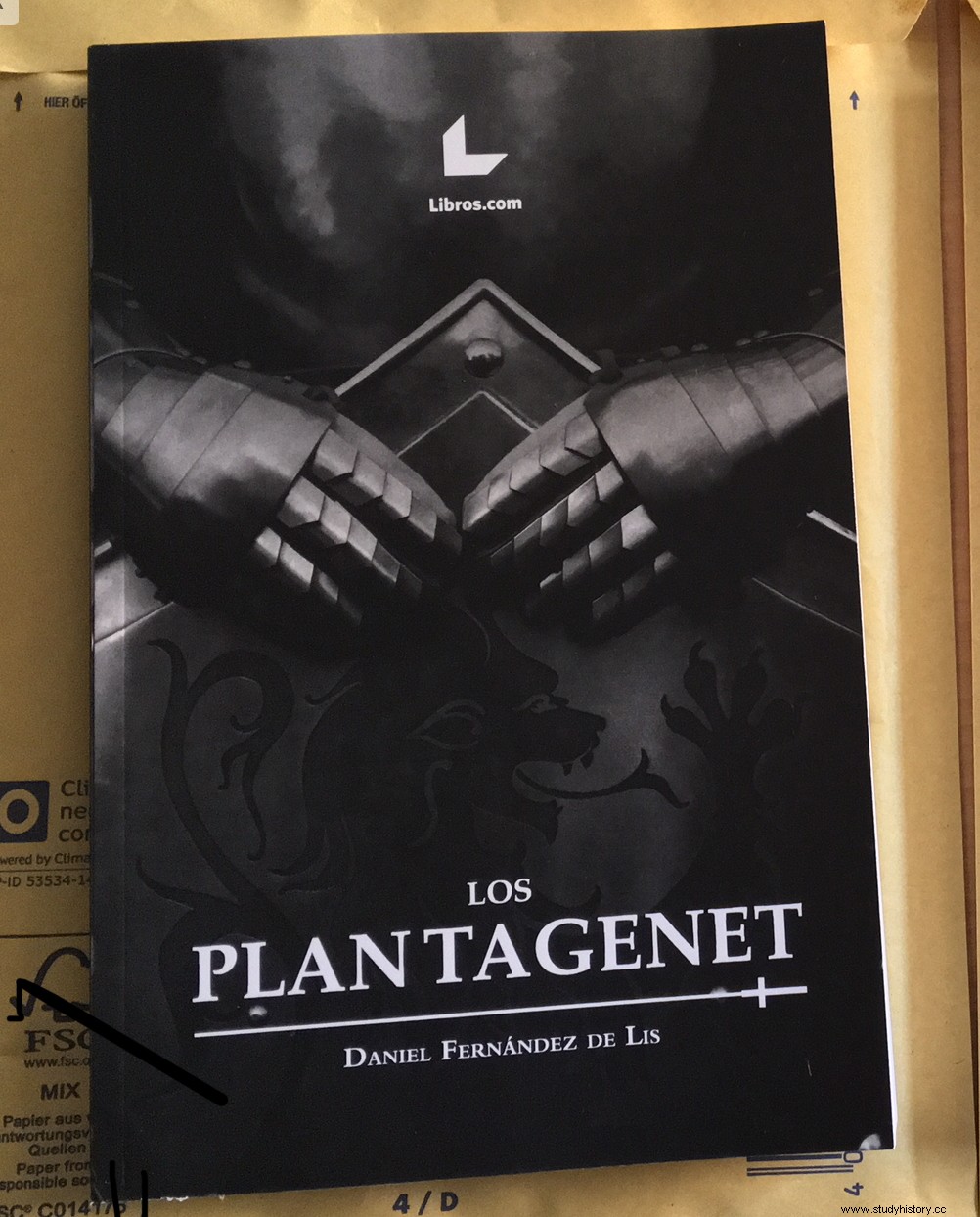 Entry taken from the book The Plantagenets
Entry taken from the book The Plantagenets
William Wallace, an obscure minor Scottish nobleman, had made his fortune after defeating the English army at the Battle of Stirling Bridge in 1297. As a result, he had been appointed Warden from Scotland.
After their victory against the English at Stirling Bridge, the troops led by William Wallace recovered all the possessions that the English had conquered in Scotland. Not only that, they also spread fear in Cumbria and Northumbria, taking advantage of the fact that there was no English army to oppose them. Until there was. He was late, but there was. And it was huge:26,000 foot soldiers and 3,000 knights.
The English army was looking for Sir William Wallace, appointed sole Guardian of Scotland after the death of Andrew Murray as a result of injuries sustained at Stirling Bridge. But he had a hard time finding the Scottish army. This caused a curious problem in his troops. They needed food supplies, which were supposed to arrive by ship, but were not. And when a ship finally arrived, it turned out that the only thing it was carrying was wine. The drunken brawls he provoked turned into disputes between the English soldiers and the Welsh, who threatened to abandon them and join the Scottish forces. English King Edward I, charged with confronting Wallace, responded to the Welsh challenge by saying:“Who cares if our enemies ally with each other? We will defeat them all in a single day.”
Finally, on July 21, news reached the English that the Scottish army was only twenty miles away from them, in the town of Falkirk. The Scots thought, not without reason, that the English army's supply problems would drive them to retreat, and they planned to ambush the retreating English. But when they realized that Eduardo knew their intentions about him, they changed tactics. Wallace, aware of his numerical inferiority, placed his troops on top of a hill at the foot of which ran a stream and placed them in four large circles (called schiltroms) that, with their spears pointing out, intend to stop a charge of chivalry. Within those circles were his archers. And further up the hill were the Scottish cavalry, that is, those who had enough economic power to afford a horse; the nobility, to understand each other.
When the English reached Falkirk and saw the position occupied by the Scots, Edward frowned. The last time he attempted to charge up a hill against an army was at the Battle of Lewes, where he and his father were defeated by Simon de Montfort and after which he spent two years in prison. But in Lewes Eduardo was a fifteen-year-old boy; he was now a man of sixty, with more warrior experience than anyone in Europe and with an army clearly superior in number. Despite this, his first intention was to camp and rest, because the previous night had been hard for his army, which remained vigilant against a possible surprise attack by the Scots. But the barons of him convinced him of the need to attack immediately.
Initially, the stream running at the foot of the hill where Wallace and his schiltroms were located was a problem for the English army, as it was considerably more swampy than what it seemed. The first line of attack by the English cavalry was unable to attack the Scots head-on and was forced to swing to the left; but when the second line ran into the same problem and veered to the right, the frontal attack turned into a two-pronged attack that saw an unstoppable pincer massacre the infantrymen and Scottish archers.
At that time the event occurred that continues to cause discrepancies today. The Scottish cavalry force, that is to say their nobles, instead of coming to support their infantry, fled and left the battlefield. Wallace's supporters believe that the Scottish barons, upset that the position of Guardian of Scotland had been granted to a commoner like himself newly appointed Sir, betrayed their country and reached an agreement with Edward I of England to get rid of him in Falkirk .
However, according to the author of the work that served as the source for this entry, among others, there was no pact in Falkirk between Edward I and the Scottish barons. The Battle of Falkirk was lost for the Scots; nothing the nobles of Scotland on horseback had done would reverse their outcome. If they had charged, all they would have done was make the Scottish death toll much higher than it was. Leaving the battlefield, however, they managed to force the English into a long and costly campaign of pursuit of each of them. A soldier not captured in a losing battle is a soldier who can fight another battle.
In addition, if the withdrawal of the Scottish nobles had been agreed with Edward to eliminate Wallace, the first English objective would have been to capture him, but the first thing the English king did was trying (unsuccessfully) to capture Robert Bruce. Something absurd if it had been his ally of him.
By the way, Sir William Wallace also ended up fleeing the Falkirk battlefield; and he also did it on horseback.
Fonts| Marc Morris:Edward I, a great and terrible king.
Chris Brown:William Wallace, the man and the myth.
